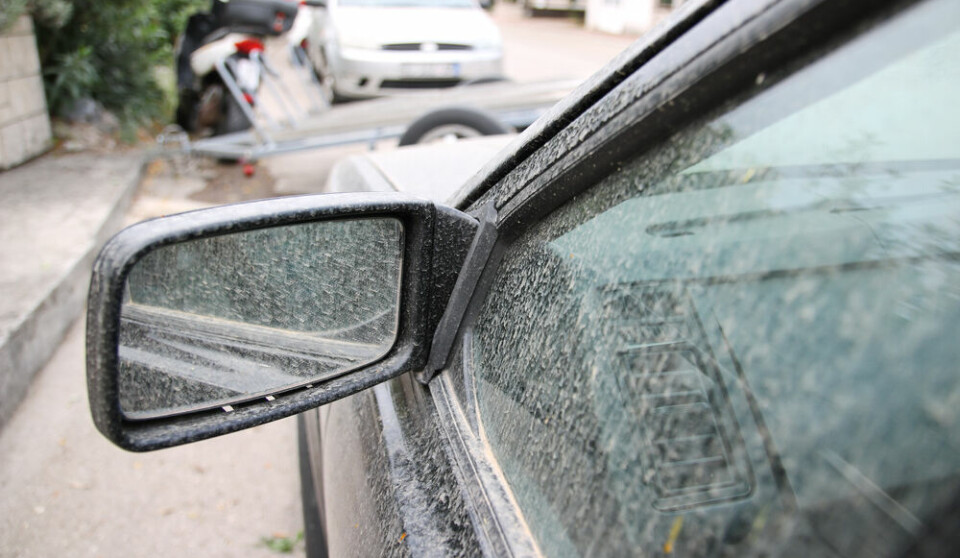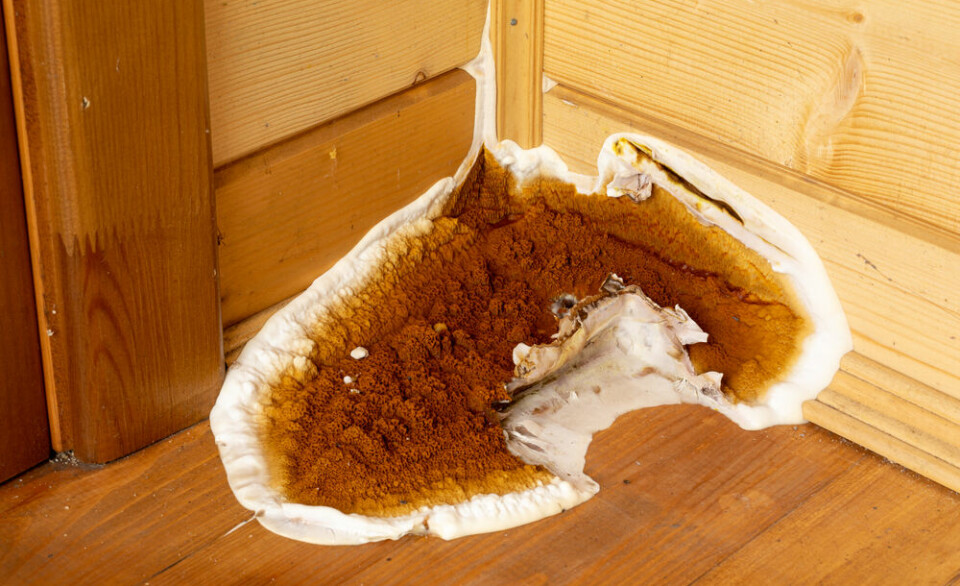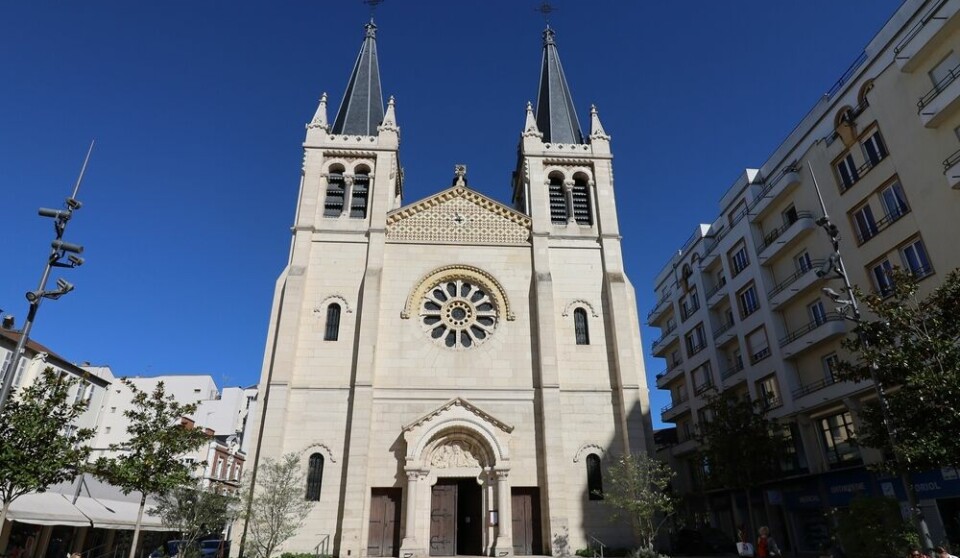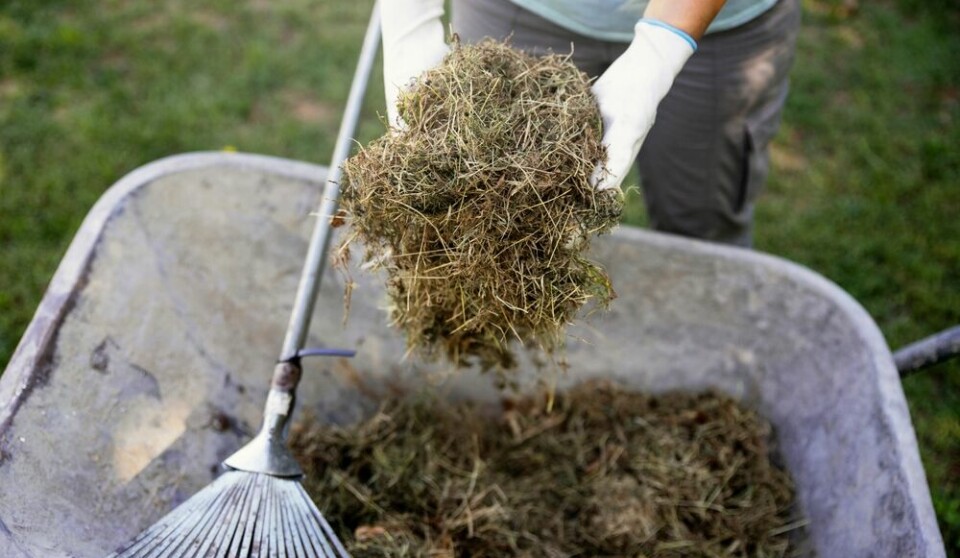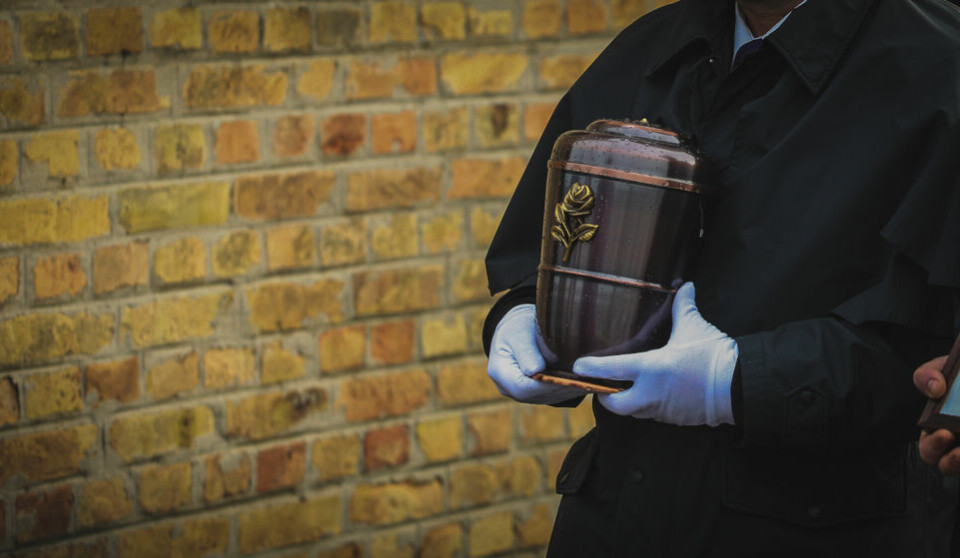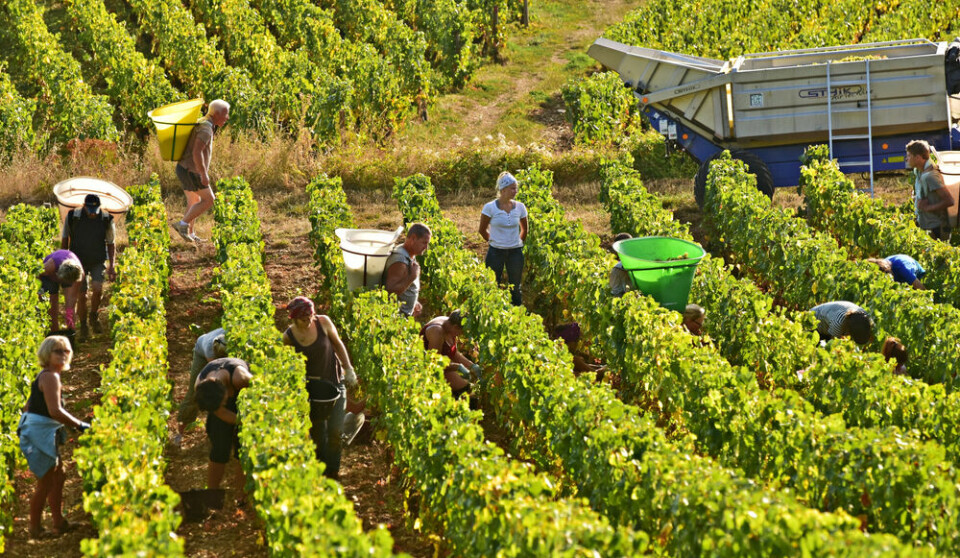-
Career change in France: from police officer to gardener
Amanda Freeman explains how she swapped law and order for a more creative vocation in the French countryside
-
Charles Aznavour: Grit and self-belief made the ‘French Frank Sinatra’
How the diminutive French singer went from poverty to stratospheric fame across the globe
-
‘Climate change should interest more people than it does’
France’s go-to expert on global warming and bestselling author, Jean-Marc Jancovici, talks to us about the future of our planet
How an American carpenter helped repair Notre-Dame de Paris
Peter Henrikson had never been to France before he started work on the cathedral’s roof after it was destroyed by fire
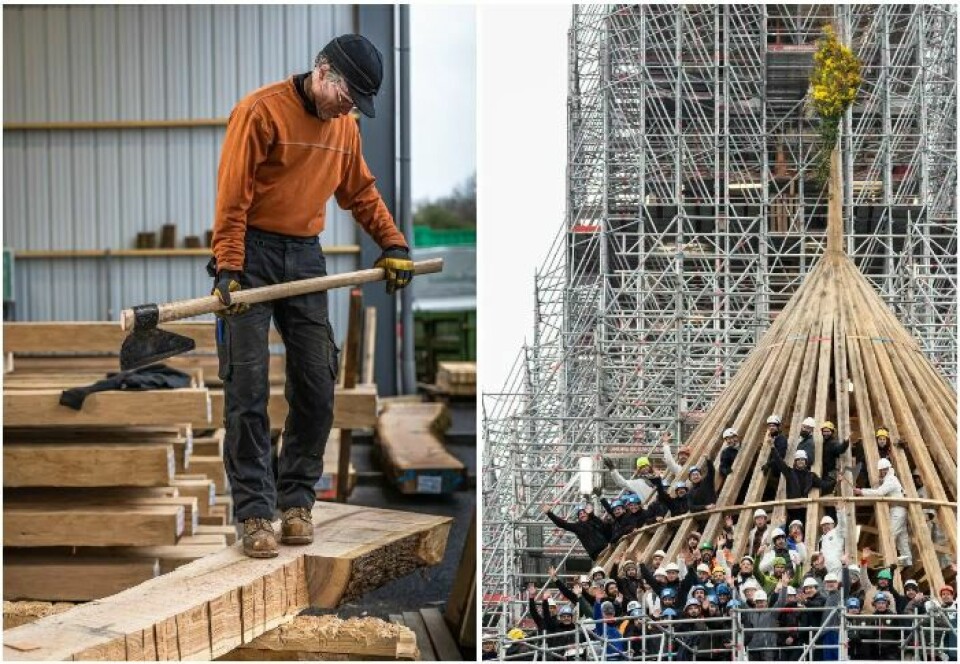
On April 15, 2019, at around 18:20 French time, Peter Henrikson stared at his TV set in horror.
The resident of Grand Marais, Minnesota was more than 6,000km from Paris, but seeing images of Notre-Dame cathedral consumed by fire had a huge impact.
The flames were fuelled by the Gothic masterpiece’s ‘forest’ of beams that held the roof in place over the nave.
These supports were made from 5,000 oak trees that were all between 300 and 400 years old when originally cut down in the 12th century.
Despite the alarming footage, the actual damage to the cathedral was confined mainly to the roof.
President Emmanuel Macron was keen to reassure TV audiences that action to repair it would be swift.
An official statement followed, explaining that the cathedral’s renovation would be carried out “in the most consistent manner possible to its last complete, coherent, and known state.”

Photo shows scaffolding around the spire being dismantled on February 19; Credit: Rebâtir Notre-Dame de Paris
Carpenters Without Borders began work
Peter Henrikson had never been to France and, at that stage, never had any plans to change that.
However, his job as a carpenter and timber frame teacher gave him a natural interest in the rebuilding effort. He was not alone.
A Massachusetts non-profit organisation called Handshouse Studio, which specialises in reconstructing large historical objects, was also curious about what reconstruction of a medieval cathedral might look like.
In 2021, with France-based organisation Carpenters Without Borders, a group of around 50 volunteers – Mr Henrikson included – began building a facsimile of one of the cathedral’s oldest oak trusses in Washington DC.
The 10-day effort was what Mr Henrikson describes as a demonstration project – an attempt to prove that the skills still exist to repair the historic structure authentically.
For its part, Handshouse Studio called it “a statement of solidarity with our fellow traditional craftspeople and an act of goodwill among neighbours.”
Read more: PHOTOS: new spire is put in place at Notre-Dame Cathedral in Paris
Mr Henrickson offered a contract to work on Notre-Dame frame
Mr Henrikson concedes that early discussions did include the possibility of using modern power tools, but the majority decision was to remain faithful to the methods and tools used by Notre-Dame’s original craftsmen.
Off the back of the success of the Washington truss, Mr Henrikson was given a six-month contract to help rebuild the cathedral’s timber frame in France.

The only exception to the traditional methods rule was for computer-aided design in the detailed plans, to help ensure the hand-chiselled beams fitted together exactly and the project was finished on deadline.
Mr Henrikson’s contract was for a 39-hour week, but he worked to a flexible schedule designed to keep artisans from burning out.
He was particularly impressed by the conditions of his employment, which allowed ample time for the long lunches the French are famous for.
The midday meal was always a three-course affair, rounded off with an espresso, he recalls.
Work will stand for a thousand years
It is not the first time foreign workers have been recruited for a large medieval construction in France.
The Guédelon project in Burgundy has long attracted international volunteers to help build a 13th-century castle from scratch. Indeed, many carpenters who trained at that site went on to work on Notre-Dame too.
Its press officer, Sarah Preston, said: “Both projects attract craftspeople from around the world because of the opportunity to work using hand tools and traditional techniques.
“The unique nature of the two sites is, of course, an attraction. Imagine knowing that your work will stand for a thousand years!”
Read more: General leading Notre-Dame restoration in Paris dies on mountain hike
Roof frame transported down the Seine by barge
Some 1,200 trees were felled for Notre-Dame’s reconstruction, which hit an important milestone last May.
Large parts of the new timber roof frame were assembled and erected in the workshop as part of a dry run before they were taken to Paris.
They were then transported by barge down the Seine to the site and lifted by crane into position in July, to gasps of amazement from onlookers on the banks of the river. Each truss weighs about seven tonnes.
Once it was completed, a huge bouquet of flowers was set in place – also by crane – in the new forêt du bois, the massive timber frame that will hold the lead roof over the nave and choir.
New weather vane contains names of 2,000 artisans
Recently, another symbolic stage in the cathedral’s restoration was signed off, when a golden rooster weather vane was placed on top of Notre-Dame’s new spire in December.
The bird has been reimagined as a phoenix with flame-like feathers, and is meant to symbolise resilience and resurrection.
It contains, in a sealed tube, the names of nearly 2,000 artisans who have helped with the reconstruction, as well as sacred relics.
Among these is a fragment from the Crown of Thorns, regarded as one of Notre-Dame’s foremost treasures and said to have been pressed on to Christ’s head during the crucifixion.
That it survived the fire unscathed caused some believers to proclaim a miracle. More pragmatic observers say the credit lies rather with the chaplain of the Paris fire department, who carried it out of the cathedral.
Cathedral will reopen in December
Whichever version of Notre-Dame’s survival you prefer – divine intervention or the hard work of a vast team of artisans, architects and archeological experts – there is no denying a palpable excitement as the project finally draws to a close.
In February, scaffolding that shrouded the top of the building started finally being dismantled, revealing the new spire for the first time.
When the cathedral opens again in December it is expected to attract 14 million visitors annually – two million more than the year before the fire.
Peter Henrikson can feel proud.
Related articles
How 32 elite architects protect France’s historic monuments
France maintains its position as world's leading tourist destination
Contest for France’s most beautiful cathedral - which gets your vote?



